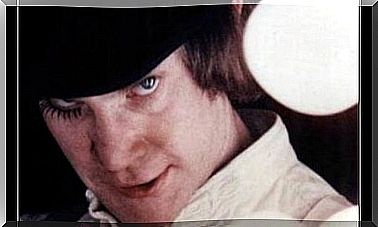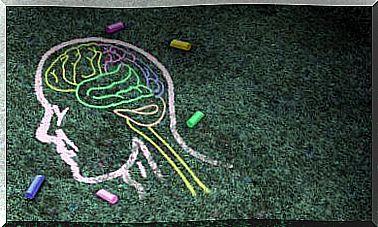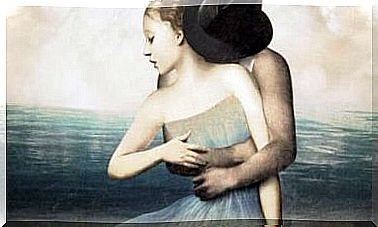Semiotic Function: Definition And Development
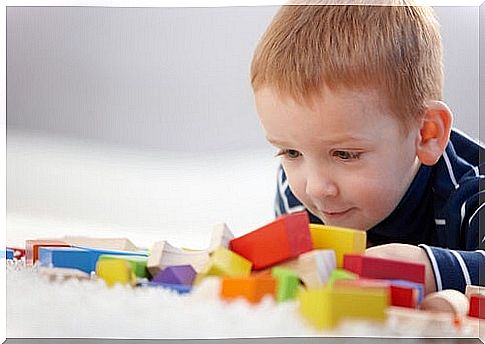
The semiotic function is the ability to make representations. This ability is based on the handling of signs and symbols, which are characterized by having a different meaning and signifier. But how does it really work?
To understand what the semiotic function consists of, one of the best examples is a painting by a famous French painter, Magritte. The artist drew a smoking pipe, and under it he wrote: “ ceci n’est une pipe” (this is not a pipe) . With this I wanted to make it clear that, although the drawing evoked a pipe, it was not really one. In this case, it would be a symbolic representation of one of these objects.
In this example, Magritte made use of the semiotic function to create art. But all humans use representations continually. In this article we are going to talk about the different types of exist depending on the relationship between their signifier and meaning.
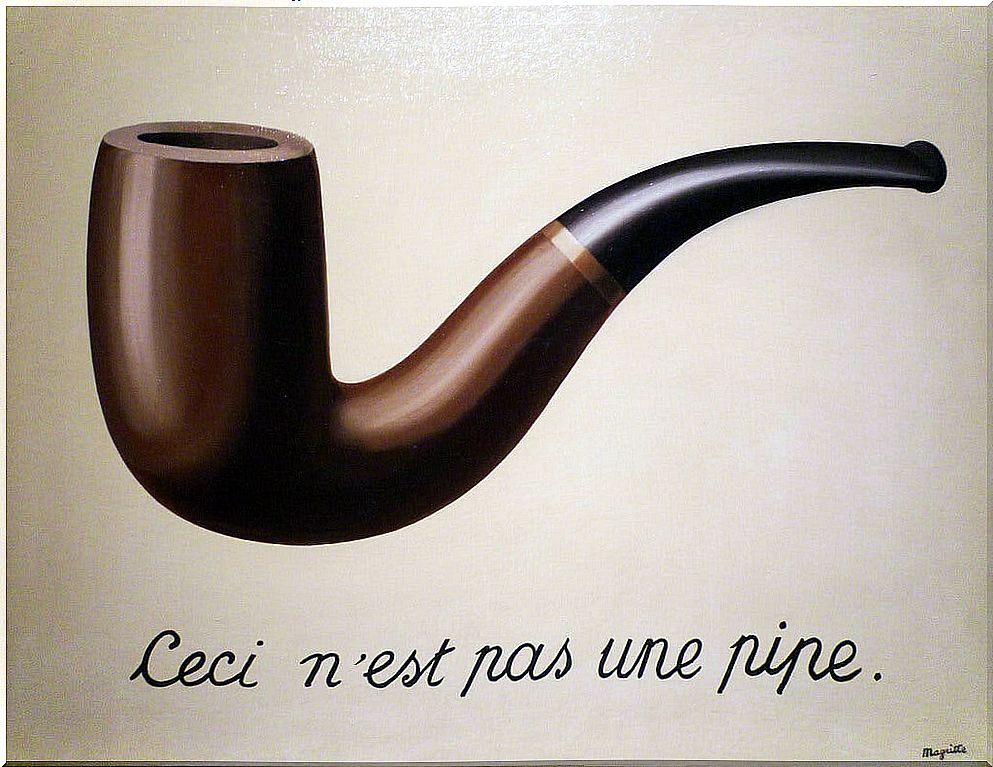
Components of representations
Performances are a big part of our life. We are continually using signs and symbols that help us plan, communicate and guide our action. Its usefulness resides in that they allow us to mentally interact with an element without having to experience it in reality.
Each representation has two elements: signifier and signified. The first refers to the physical component of the representation. For example, the letters that make up a word, or the paint strokes in a drawing. Meaning, on the other hand, is the image that is created in our head when we see a certain symbol.
The use of representations opens up immense possibilities for psychological development. This allows the subject to distance himself from the present situation, and to open up to distant places in time and space. It even provides us with the ability to create fictional worlds that only exist in our imagination.
Types of representations
Saussure classified representations into three different types, which differ in the degree of connection between signified and signifier:
- Indices or signals. In this case, the signifier and the signified are not differentiated. They both have a direct connection. An example of this could be seeing gnawed food on the floor of our kitchen and inferring that there are mice. The remains of food, in this case, would act as an index.
- Symbols. In this case, the signifier is independent of the signified. However, there is a certain relationship between the two. Drawings, pictures and photographs would be symbols of what they represent. For example, a picture of a pipe is not the real object; but there is a strong relationship between the two. This type of representation appears more indirectly in the “symbolic game”; for example, when a child uses a stick as if it were a sword.
- Signs. Representations are called signs when the signifier is completely arbitrary. The relationship between both elements is established thanks to a long historical-social process. Therefore, a person outside of that context could not interpret a sign. The clearest example of this is language. For example, the letters in the word “computer” bear no relation to what they represent, but still evoke its image in our minds.

The appearance of the semiotic function
The ability to create representations becomes more and more apparent in the later stages of the sensorimotor period of human development. However, the appearance of the semiotic function is not something abrupt. Little by little, the child will use more representations and more semiotic behaviors.
From this stage, we can find many examples of semiotic function in children’s behavior :
- Delayed imitation. It consists of the imitation of something that is not present. It appears as a preamble to the capacity for representation, since it constitutes an imitation of material acts but not of thought. It is considered one of the first semiotic behaviors that appear in the child’s life cycle.
- Symbolic game. It is a very typical childhood activity. The participants of the symbolic game use elements as if they were others (for example, clubs as swords). Thus, they are making use of the semiotic function.
- He drew. Another of the early ways in which the child begins to demonstrate his capacity for representation is drawing. Keep in mind that this activity is much more than a copy of reality. When doing it, an internal image is represented, in such a way that what the child reproduces is usually what he knows about the object than what he sees.
- Language. It is the semiotic behavior par excellence. When the child begins to use speech, we observe how he uses arbitrary signs, completely separating the meaning from the signifier.
In conclusion, it goes without saying that the semiotic function is one of the most important capacities of the human being. Thanks to it, we have been able to create a communication system that has allowed us to create a culture and a history that has caused the advancement and survival of human beings.
Studying and researching the development of semiotics, therefore, has helped us to deeply understand the strong implications this ability has on people’s lives.





